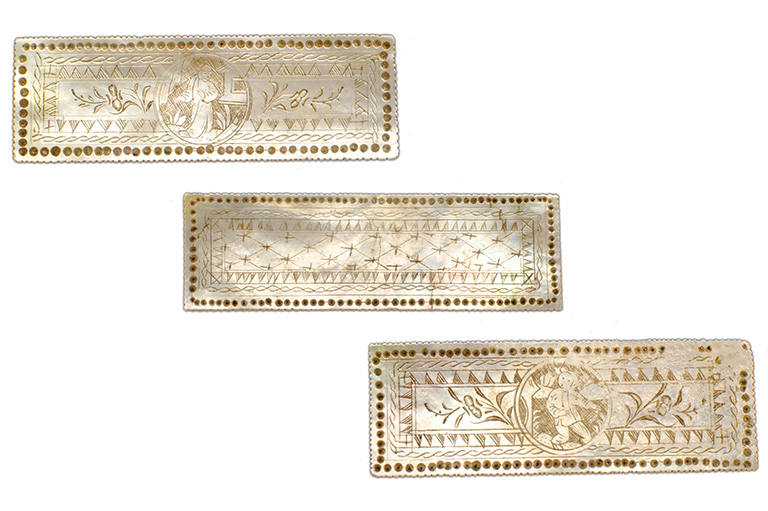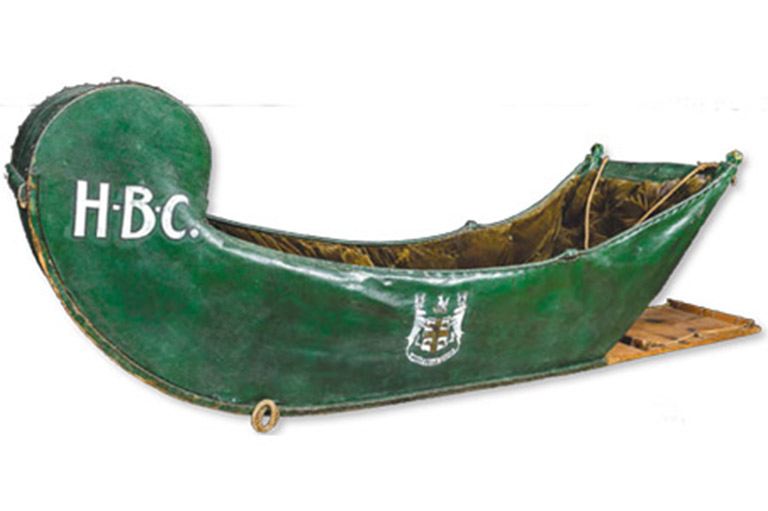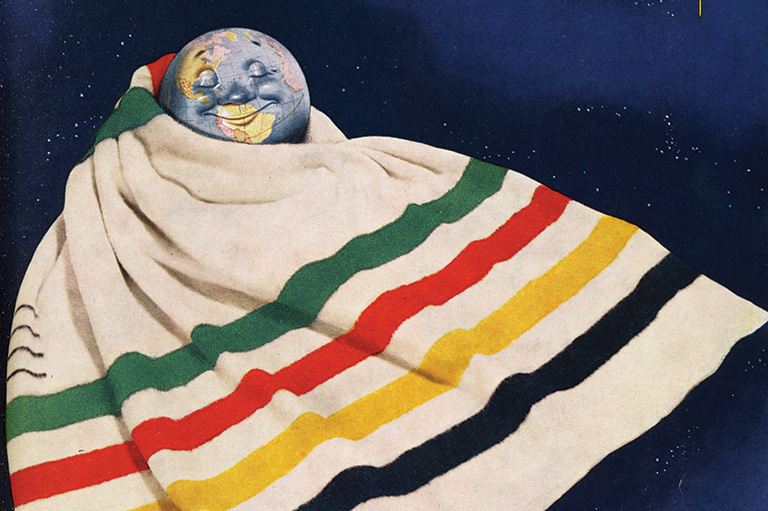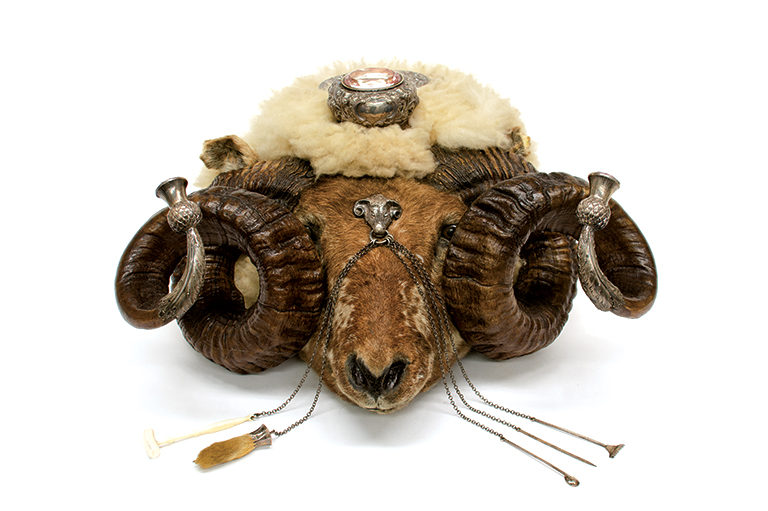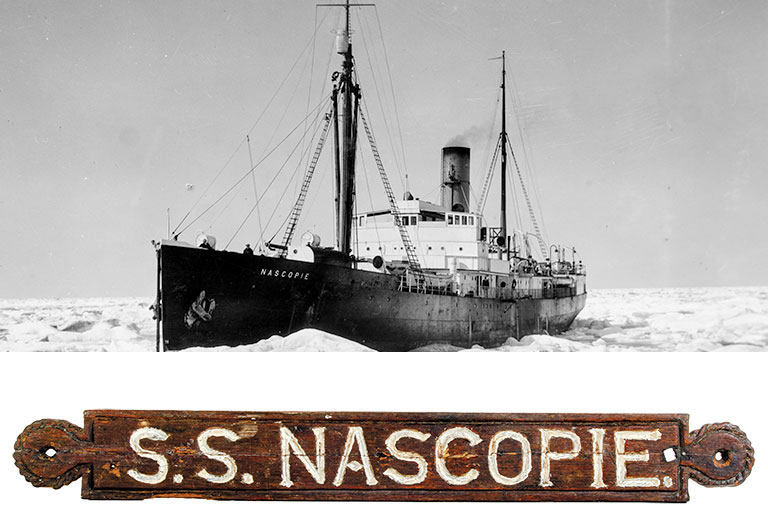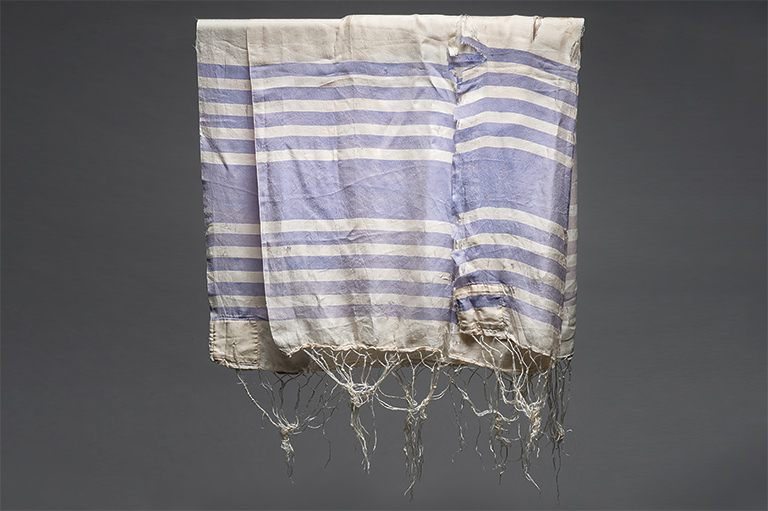Toll Bridge Passes and Tokens
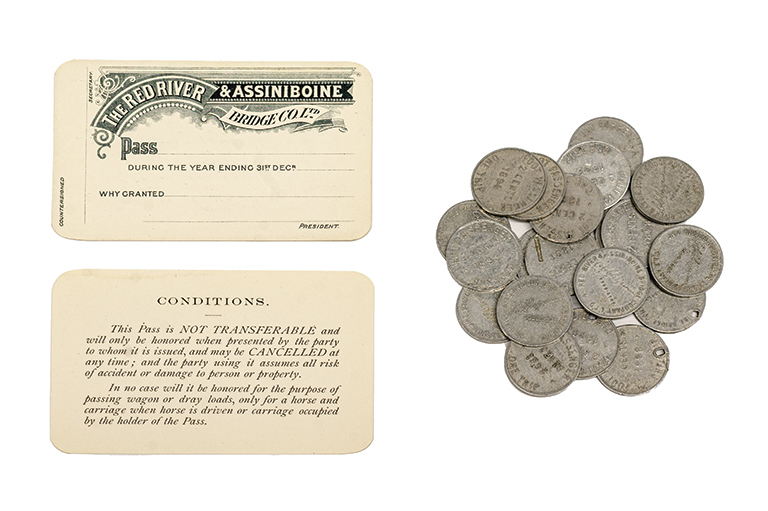
Prior to 1891, when a first bridge was completed, the only transportation option between Winnipeg and St. Boniface, Manitoba, had been by ferry across the Red River. But, with a growing population in the Norwood area of St. Boniface, the Norwood Improvement Company, owned largely by directors of the Canadian Pacific Railway, commissioned the construction of the original Norwood Bridge.
A toll keeper on the Winnipeg side collected tolls from all who wished to cross, with the exception of people who owned property in Norwood. Paper passes and aluminum tokens — including these 1898 tokens priced at two cents each — were issued by the Red River and Assiniboine Bridge Company for pedestrians as well as for transit by horse and carriage.
Revenues for the toll bridge were reportedly around twenty-five dollars per week in the early days, but with increasing traffic this grew to around fifty dollars per day. The tolls ceased in 1909, after St. Boniface purchased the bridge. The HBC merchandise department donated these tokens and passes to the original HBC Museum Collection in 1922, and St. Boniface was amalgamated with Winnipeg in 1972.
With 7 uniquely curated newsletters to choose from, we have something for everyone.
Themes associated with this article
Advertisement


